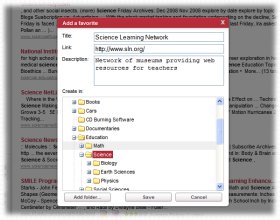|
Education
Web
Viewing 1-1 of 1 total results
etc.). • Using absolute and relative location to identifying major mountain ranges, major rivers, and major climate and vegetation zones. • Constructing and reading a variety of effective representa- tions of the earth such as maps, globes, and photographs (e.g., physical, politi...
1
0
etc.). • Using absolute and relative location to identifying major mountain ranges, major rivers, and major climate and vegetation zones. • Constructing and reading a variety of effective representa- tions of the earth such as maps, globes, and photographs (e.g., physical, political, topographic, computer generated, and special purpose maps). i • Identifying and using basic elements of a map. • Using grid systems to locate places on maps and globes (e.g., longitude and latitude
29
0
http://education.vermont.gov/new/pdfdoc/pubs/grade_expectations/history_social_sciences.pdf#page=29
education.vermont.gov/new/pdfdoc/pubs/grade_expectations/history_social_s...
• Using absolute and relative location to identifying major mountain ranges, major rivers, and major climate and vegetation zones. • Constructing and reading a variety of effective representa- tions of the earth such as <span class="highlight">maps</span>, globes, and photographs (e.g., physical, political, <span class="highlight">topographic</span>, computer generated, and special purpose <span class="highlight">maps</span>). i • Identifying and using basic elements of a map. • Using grid systems to locate places on <span class="highlight">maps</span> and globes (e.g., longitude and latitude). • Using appropriate
30
0
http://education.vermont.gov/new/pdfdoc/pubs/grade_expectations/history_social_sciences.pdf#page=30
education.vermont.gov/new/pdfdoc/pubs/grade_expectations/history_social_s...
etc.). • Using absolute and relative location to identifying major mountain ranges, major rivers, and major climate and vegetation zones. • Constructing and reading a variety of effective representa- tions of the earth such as <span class="highlight">maps</span>, globes, and photographs (e.g., physical, political, <span class="highlight">topographic</span>, computer generated, and special purpose <span class="highlight">maps</span>). i • Identifying and using basic elements of a map. • Using grid systems to locate places on <span class="highlight">maps</span> and globes (e.g., longitude and latitude
|
